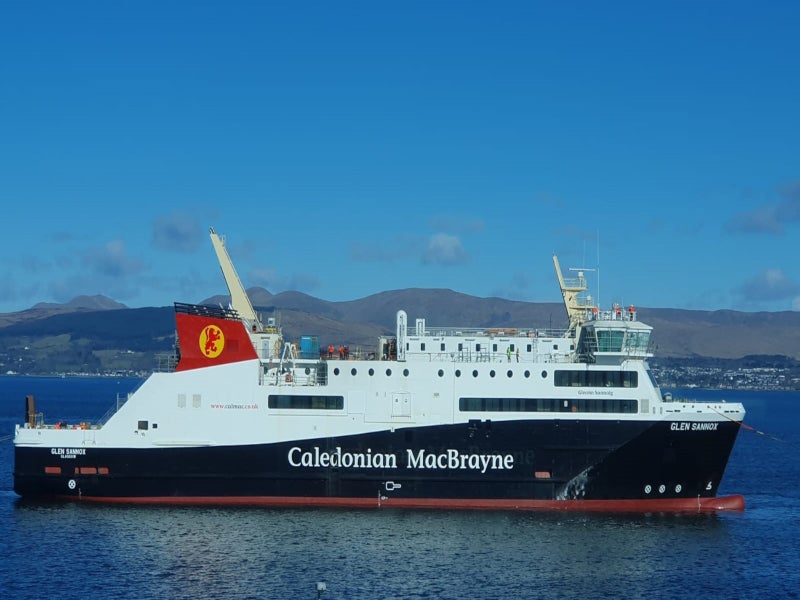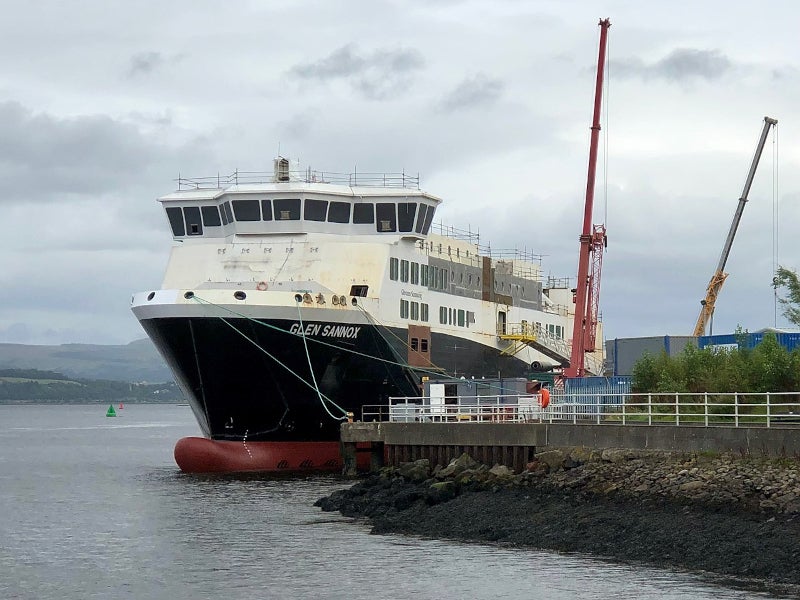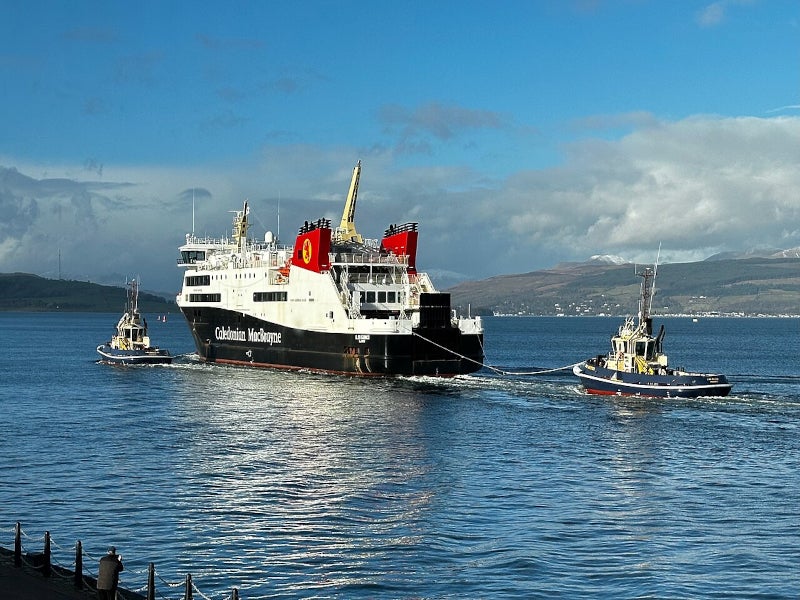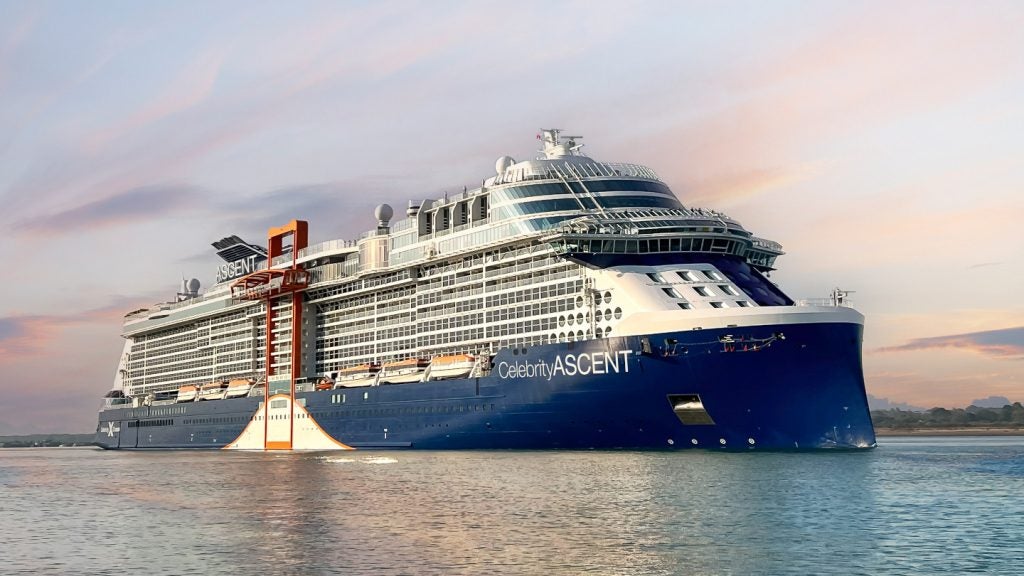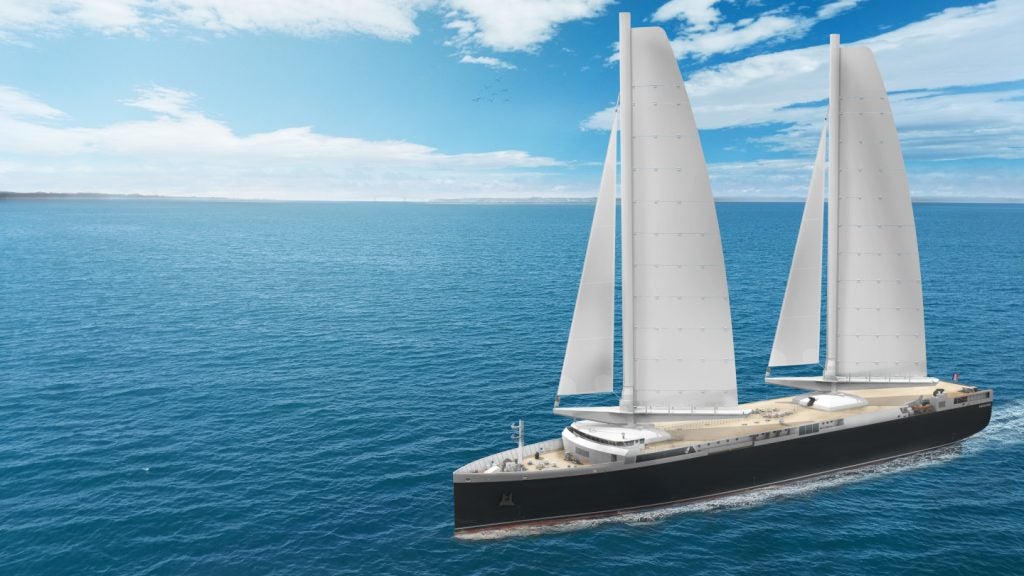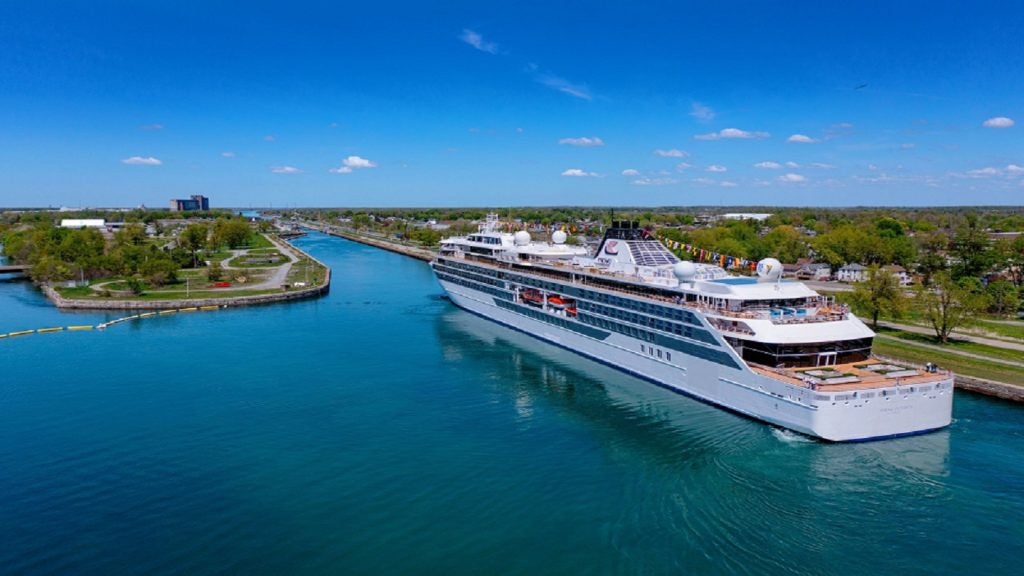MV Glen Sannox is the first of the two large, dual-fuel, roll-on/roll-off passenger ferries being built by the Scottish shipbuilding company Ferguson Marine Engineering (FMEL) at its shipyard in Port Glasgow, Scotland, for Caledonian Maritime Assets (CMAL).
The dual-fuel ships are the first of their kind in the UK and can operate on liquefied natural gas (LNG) and marine gas oil (MGO). They will be operated by Scottish ferry operator Caledonian MacBrayne (CalMac Ferries) on the Clyde and Hebrides Ferry Services network, serving many ports along the west coast of Scotland.
The first vessel was named MV Glen Sannox in June 2017. It was launched as the UK’s first LNG passenger ferry on the Clyde in November 2017 and is scheduled to be delivered in May 2024.
The sister vessel to MV Glen Sannox was named MV Glen Rosa in August 2023 and is due to launch in March 2024. It is expected to be delivered in September 2025.
MV Glen Sannox construction timeline
The construction of the vessels began in February 2016 with a steel-cutting ceremony. The vessels will replace the existing vessel, MV Hebrides.
The vessels will have a lifespan of more than 30 years and will enable CalMac Ferries to provide safe and efficient ferry services to Scotland’s various Highlands and island communities while reducing harmful carbon, nitrous oxide, and sulphur emissions.
In July 2022, the MV Glen Sannox departed Port Glasgow and travelled down the Clyde to Greenock for a three-week dry dock. The vessel spent three weeks at Dales Marine for necessary repairs to its propulsion systems, seals, and bow doors and returned to the port in August 2022.
MV Glen Sannox successfully completed the first phase of its sea trials in February 2024. The trial voyages took it as far as the lower Clyde, where it reached a maximum speed of 16.7 knots over ground, demonstrating its capacity to operate at the scheduled speed of 14.5 knots.
Design and features of the dual-fuel ferries
Both dual-fuel cruise ferries are designed in accordance with the EURO B certification.
The ships’ hull is made from steel and their superstructure is built from aluminium. Each vessel features an overall length of 102.4m while the length between perpendiculars is 97.8m.
The ships have a moulded beam of 17.5m and an operational draught of 3.4m. The depth to main deck is 5.95m, while the depth to the passenger deck is 12.2m.
MV Glen Sannox’s main deck is 25% larger than that of MV Hebrides and can accommodate 127 cars or 16 heavy goods vehicles, or both. Its passenger deck can accommodate up to 1,000 people.
The ferry’s deadweight corresponding to the operational draught is 900 tonnes (t) while the maximum deadweight at 3.4m draught is 1,180t.
Both the ferries incorporate scientific acoustics solutions, K-Bridge navigation, an electronic chart display system, echo sounder and radios, as well as navigation and communications systems.
The vessels’ control and management is enabled by Kongsberg automation and control systems.
Propulsion and performance of the 102m dual-fuel ferries
Each ferry’s propulsion system includes two dual-fuel, four-stroke, six-cylinder, turbocharged Wartsila 34DF main engines rated at 3,000kW each, as well as two dual-fuel, six-cylinder, turbocharged Wartsila 20DF auxiliary engines rated at 920kW each.
The engines offer a service speed of 16.5 knots and can operate on both LNG and low-sulphur MGO.
Additionally, the ferries are equipped with horizontally offset gearboxes, tunnel thrusters, shaft lines, controllable pitch propellers, Wartsila Energopac rudders, Wartsila LNGPac fuel gas handling systems, and a twin screw dual-fuel mechanical propulsion driveline.
Three bow thrusters are also fitted to allow for high manoeuvrability in difficult weather conditions.
The vessels carry a 147m³ pressurised fuel tank made of double-skinned stainless steel, which features perlite insulation.
Contractors involved with CMAL’s dual-fuel ferry project
FMEL secured a contract worth £97m ($150m) to design, build, test, launch and deliver the two dual-fuel passenger ferries in October 2015.
Wartsila was selected by FMEL in December 2015 to supply integrated propulsion systems, fuel tanks and engineering and site support services for the dual-fuel ferries.
Kongsberg Maritime won a deal to provide engineering, procurement, and construction services for the ferries in August 2016.
Vera Navis, a naval design consultant, collaborated with the main suppliers on the project to provide all technical support.
The basic design of the ships was provided by naval architect Houlder.
ICE Marine Design is providing engineering services for revision to basic design and completion of the detailed design and production information for the vessels.

